Toka Tū
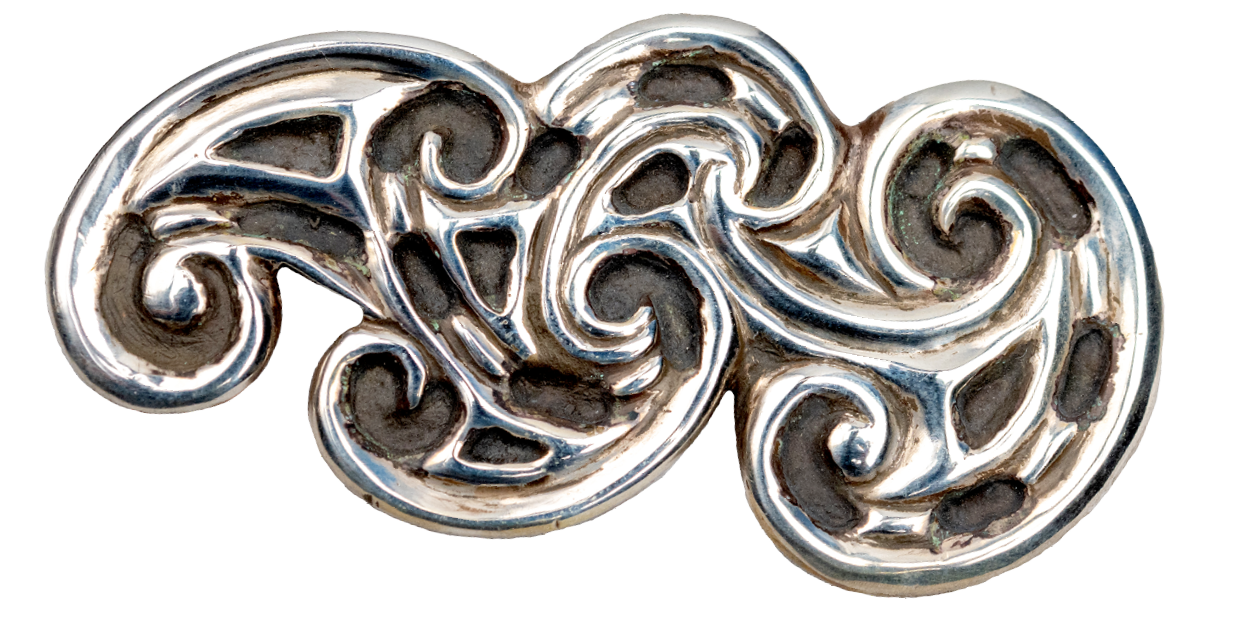
Toka Tū
Toka Tū, a person of strength in times of adversity. The artists whose works adorn the walls of Wairau Māori Art Gallery have been at the forefront of moulding a new aesthetic that integrates the deep visual traditions of Te Ao Māori with a colour palette of mediums and current issues and narratives that are descriptive of our contemporary world.
They have pushed boundaries and navigated challenges from the mainstream artworld and traversed new ground from traditionalist Māori artforms that bind their mahi to the whenua to illustrate a rich cultural landscape that is Aotearoa.
Ngā iwi o te Taitokerau are transient navigators, descended from explorers and fierce home people who extend manaakitanga with open arms to those who enter our spaces.
Welcoming the influence of new materials and tools, alternative perspectives and the adaptability to integrate concepts that create meaning into our world.
We welcome this exhibition to the north and pay tribute to this carefully selected group of heroes, an opportunity to honour their work and the lifelong commitment they have made; may the gentle caress and lapping tides of new generations of artists continue to be inspired by these trailblazers.
Toka Tū, he tangata whai kaha ki ngā wā pōkiki ki te raruraru. Ko ngā tāngata ko a rātou toi ka whakaatamai i ngā pātū o Te Huarewa Toi Wairau, kua roa rātou ki te haputa hangarewa kōaro i te rerehua hou ka whakakotahi tikanga ā kanohi hōhonu o Te Ao Māori ki tētahi kōwhiritanga tae kauwaka me ngā take ōnaianei me ngā kōrero ka whakatairangi i tō tātou ao hurihuri. Nā rātou i kopana ngā roherohenga me te whakatere i ngā taki mai i te aotoi matua, anō kua takahitia te whenua hou mai i ngā āhuatanga toi Māori tūturu ka tuitui i ō rātou mahi ki te whenua hei whakaatū i tētahi whakatakotoranga ahurea rangatira, ko Aotearoa rā.
Ko ngā iwi o Te Taitokerau he kaiwhakatere rangitahi, taiheke noa mai i ngā kaitotoro me ngā tāngata whenua wawana ka tohatoha manaakitanga me ngā ringaringa puaki ki ērā ka tomo mai ki o tātou wāhi. E whakatau ana i te whakaaweawe o ngā rawa me ngā taputapu hou, he tirohanga kē atu me te urutaunga hei whakakotahi tūāhuatanga ka hangahanga tikanga ki roto i o tātou ao.
Ka whakatauria e tātou tēnei whakaatūranga ki Te Taitokerau me te whakanui i tēnei roopū tāngata toa kua āta kohikohia, he whakapuakitanga hei whakanui i a rātou mahi me te manawanui ā taumanu kua whakamanatia e rātou; mā te mirimiri ngāwari me ngā tai mitimiti o ngā tairea ringa toi hou e whakaihiihi haere noa i aua kaitiwhiri.


(Ngāti Kahungunu, Ngāti Pāhauwera)
b. 1939
Sandy Adsett (MNZM) is one of Aotearoa's most iconic contemporary Māori artists and is considered a master of kōwhaiwhai and colour.
Beyond his own practice, Adsett has had a profound impact on Māori visual arts education, where he has mentored generations of Māori artists. His students, many of whom have become prominent figures in New Zealand's art world, carry forward his legacy of integrating Māori identity and tradition into contemporary art.
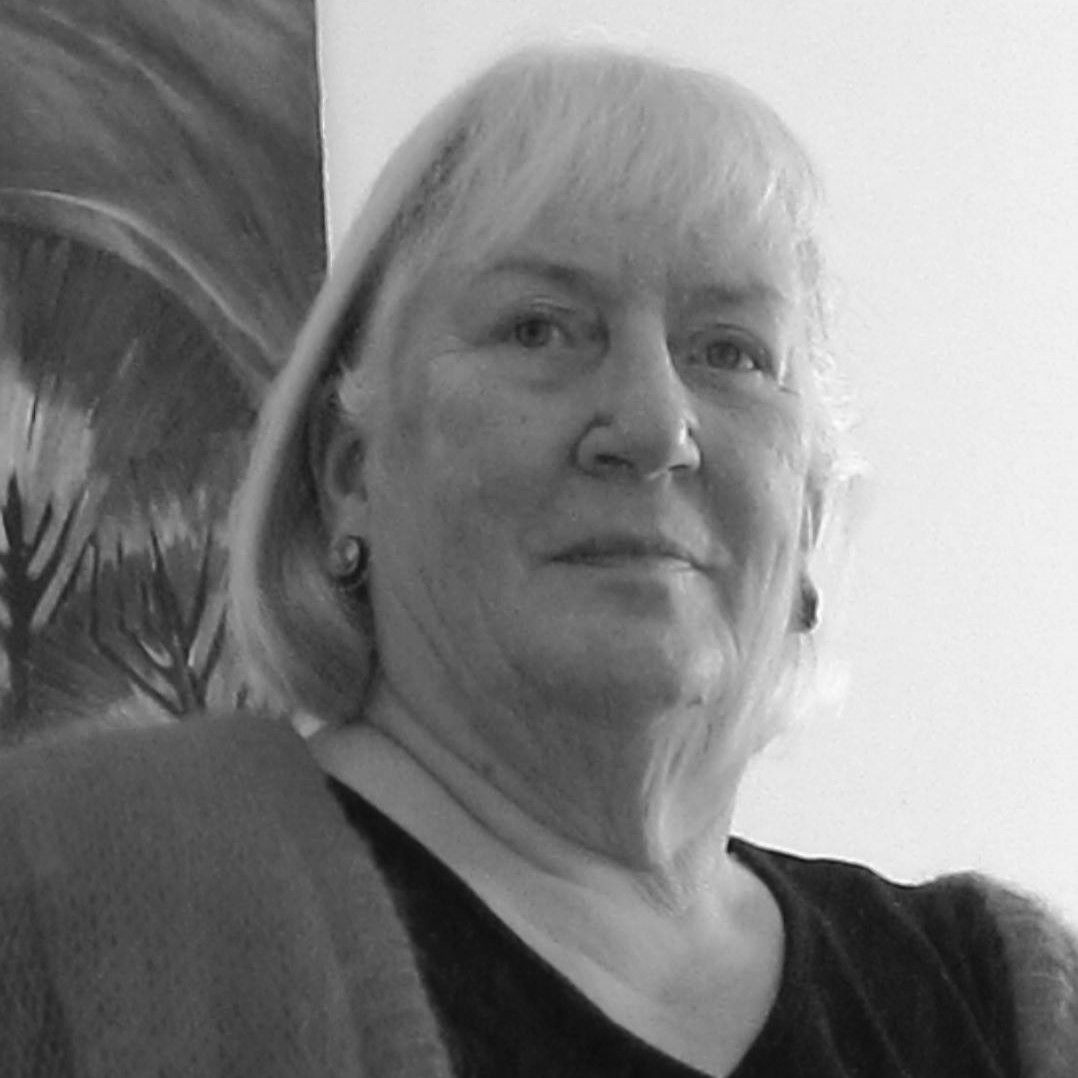
(Ngāpuhi, Te Atiawa)
b. 1947
Gabrielle Belz has been a force in Aotearoa's art scene for decades, both as a painter and a printmaker. Her work speaks to the soul of the land, its natural history, and the people who shape it. Belz's work is a visual symphony of indigenous identity.
Belz's career is devoted to ensuring the growth and sustainability of Māori art, often advocating for spaces where creativity and culture flourish side by side.
Interview with Gabriel Belz | Te Waka Toi Awards 2022
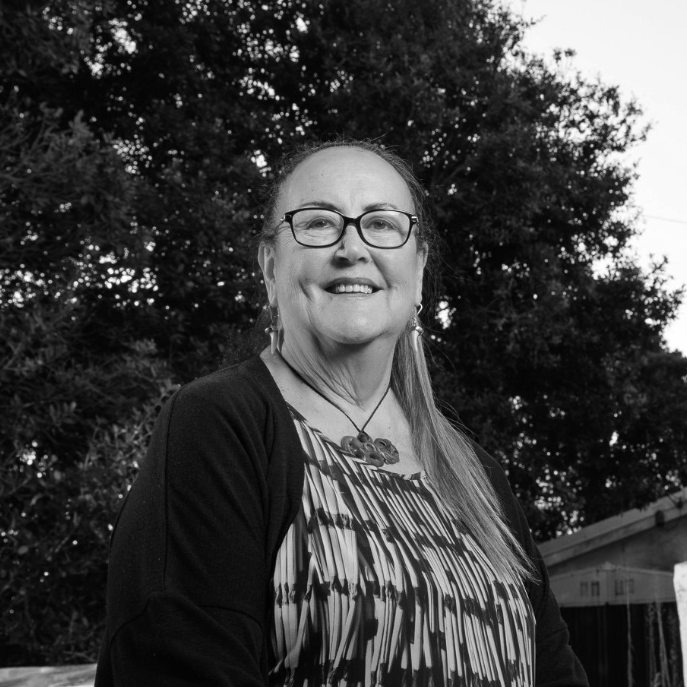
(Ngāti Tūhourangi, Ngāti Wahiao, Ngāti Tūwharetoa)
b. 1949
June Grant ONZM is a celebrated Māori artist whose work is inspired by her whakapapa. Grant's art is packed with symbolism that tells narratives about tūpuna, such as the famous Whakarewarewa guide, Makereti Papakura. Her art speaks to histories in Aotearoa through a modern lens.
Grant's commitment to Māori is a widely cast net. She has been a tireless advocate for Māori artists, supporting the development of Māori art in schools and playing a key role in initiatives that uplift emerging Māori women artists.
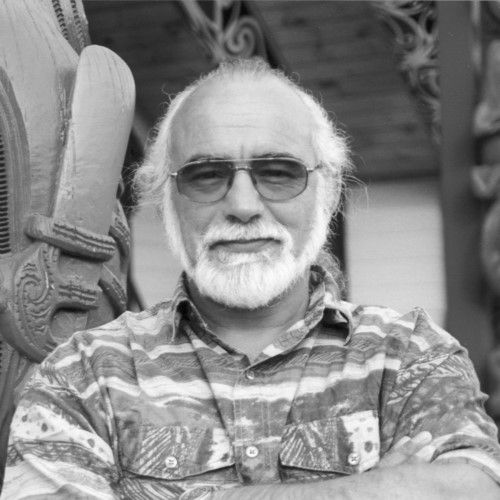
(Ngāpuhi, Te Roroa, Ngāti Whātua)
b. 1947
Alex Nathan is a leading Māori silversmith, jeweller, and cultural advocate whose work spans over 30 years. Nathan is revered for his masterful use of traditional Māori designs in materials such as sterling silver, copper, bone, and shell.
Alex has played a pivotal role in nurturing Māori art in the Far North, helping young artists develop their skills through workshops and programmes. He continues to pass down his knowledge to emerging artists and inspire a new generation of Māori jewellers and makers.
Nathan's journey into silversmithing began in 1991 when he was introduced to the Hopi overlay method. His work blends traditional Māori motifs drawn from whakairo (carving), kōwhaiwhai (scroll patterns), tukutuku (latticework), and tāniko (woven patterns), creating unique, hand-carved adornments that are works of art in their own right.

(Ngāti Maniapoto, Waikato, Te Arawa, and Scottish (Katimana)
b. 1969
James Ormsby is a distinguished artist known for his meticulous work in drawing, which he describes as his "first language". His art is deeply rooted in his bicultural heritage, and he integrates both Māori and Scottish influences, reflecting on the visual symbols and materials his ancestors would have used. Ormsby's work often explores themes of history and spirituality.
Ormsby's works are characterised by precise, complex studies of cultural and mathematical systems, informed by his research into ancient sketches and documents. His style combines restrained brush and pencil marks with an atmospheric approach to colour, often working in materials like graphite, oils, and inks.
Ormsby is, by nature, curious about the shared visual language and material that exists between our past and present. From his experience, when our material culture is practised, it is like exercising a kind of tissue between past and present, which in turn maintains a body of mythic inheritance or understandings. Ormsby's artworks have attempted to link old marks with new audiences and here whakapapa (genealogy) with whakapono (spirituality).
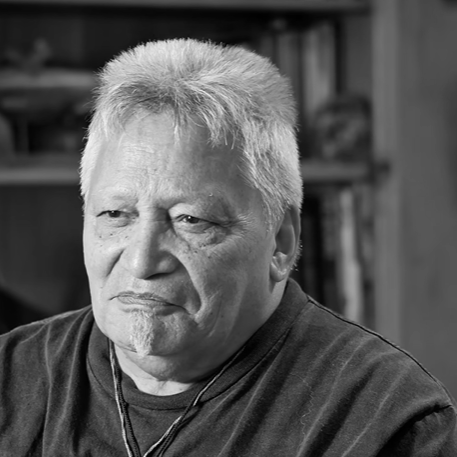
(Ngāi Tūhoe)
b. 1947
Donn Ratana is a sculptor and painter recognised for his multifaceted artistic practice and contributions to arts education. He hails from Murupara, a rural Māori settlement, where his upbringing fostered a deep connection to creativity and resourcefulness. His artistic journey spans over 50 years, encompassing drawing, sculpture, assemblage, and painting. Ratana is often described as one of Aotearoa's unsung art heroes, celebrated for his ability to engage with cultural issues like colonisation and Māori self-determination through humour and wit.
In addition to his artistic endeavours, Ratana has made significant contributions as an arts educator, particularly at the University of Waikato. His work often reflects the themes of innovation and inquiry, and he emphasises the importance of creativity in education.
Interview with Donn Ratana
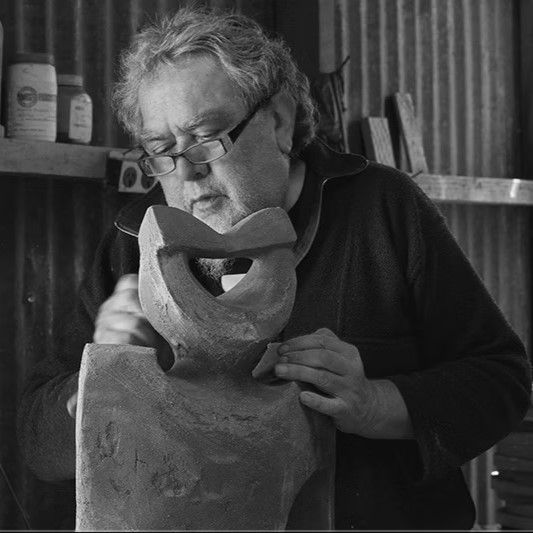
(Ngāti Porou, Te Whānau-a-Ruataupare)
b. 1950
Baye Riddell is a pioneering New Zealand ceramicist and clay worker.
Riddell's connection with clay began in Christchurch in the early 1970s, during a period when he had become distanced from his Māori identity. As he began incorporating Māori design elements into his pottery, Riddell embarked on a journey of reconnection with his whakapapa.
Riddell became deeply involved in the resurgent contemporary Māori art movement, founding Ngā Kaihanga Uku in 1986, a national Māori clayworkers' organisation that would become a cornerstone for Māori ceramic artists.
Riddell's legacy is not only his work in ceramics but also his role in shaping the Māori voice within contemporary New Zealand art.
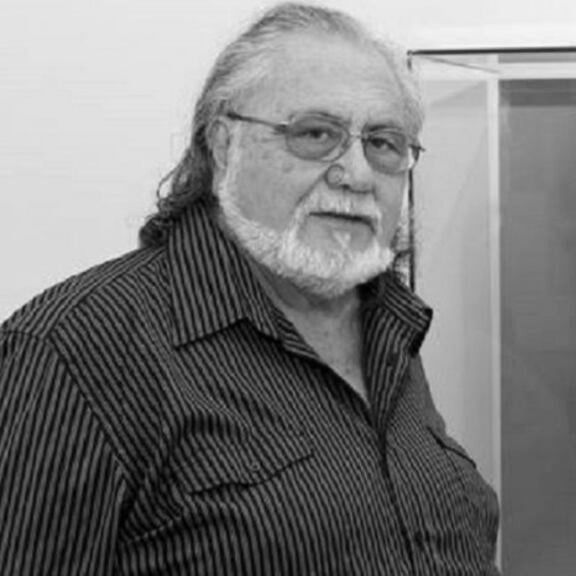
(Ngāti Pikiao, Te Arawa, Te Āti Awa, Ngāti Te Roro o Te Rangi, Ngāti Whakaue)
b. 1946
Wi Taepa ONZM is a pioneering figure in Māori ceramics.
Initially trained in wood carving, Taepa transitioned to clay in the mid-1980s. His early experimentation led him to embrace hand-building techniques, such as coiling, pinching, and slab-building, rejecting the traditional potter's wheel. His work draws on kōwhaiwhai, tukutuku, and carving-inspired punch markings, expressing his indigenous voice through fresh new forms and techniques.
Taepa was instrumental in founding Ngā Kaihanga Uku, a collective of Māori clay artists that included notable figures such as Manos Nathan, Baye Riddell, Paerau Corneal, and Colleen Waata Urlich. Through Ngā Kaihanga Uku, Taepa helped elevate Māori ceramics into national and international art discourse.
Taepa has mentored new generations of Māori artists, inspiring through both his work and his teachings.

(Ngāpuhi)
b. 1955
Allen Wihongi MNZM is a distinguished Māori artist and leader, celebrated for his contributions to both the arts and his iwi, Ngāpuhi. His career spans over 30 years, during which he has become a key figure in both the education and art sectors of Aotearoa.
Wihongi is highly regarded for his work in whakairo (carving) and mixed-media art. His creations are characterised by a deep connection to his Ngāpuhi heritage and a commitment to preserving and advancing Māori art forms. This is evident in his ability to incorporate Māori design principles into large-scale national projects, most notably as the Māori design consultant for the Tomb of the Unknown Warrior at the National War Memorial in Wellington. These projects showcase his ability to convey powerful narratives of cultural identity and memory through visual art.
Allen Wihongi - Te Waka Toi Awards 2019 interview

(Ngāti Tūwharetoa, Te Rarawa, Fijian)
b. 1978
Margaret Aull is a prominent curator, artist, and arts manager known for her interdisciplinary approach and advocacy within the arts sector. She has a rich history of curating exhibitions that engage deeply with cultural narratives and wellbeing, most notably co-curating the 2022 exhibition 'Toi is Rongoā' at Waikato Museum, which explored the relationship between art and healing. Her leadership reflects her commitment to using art as a tool for community engagement and cultural rejuvenation.
In addition to her curatorial work, Aull's own artistic practice spans installation, painting, and sculpture, often exploring the intersections of her Māori and Fijian heritage. She has exhibited widely in both solo and group exhibitions across Aotearoa, the Pacific, and beyond, with her work delving into themes of whakapapa, ritual, and belief systems. Her role as the current Chair of the Te Ātinga Contemporary Māori Arts Committee and her past positions as Tumu Herenga Toi at the New Zealand Māori Arts and Crafts Institute and Collection Curator at Te Wānanga o Aotearoa further highlight her influence in shaping and supporting the contemporary Māori art scene.
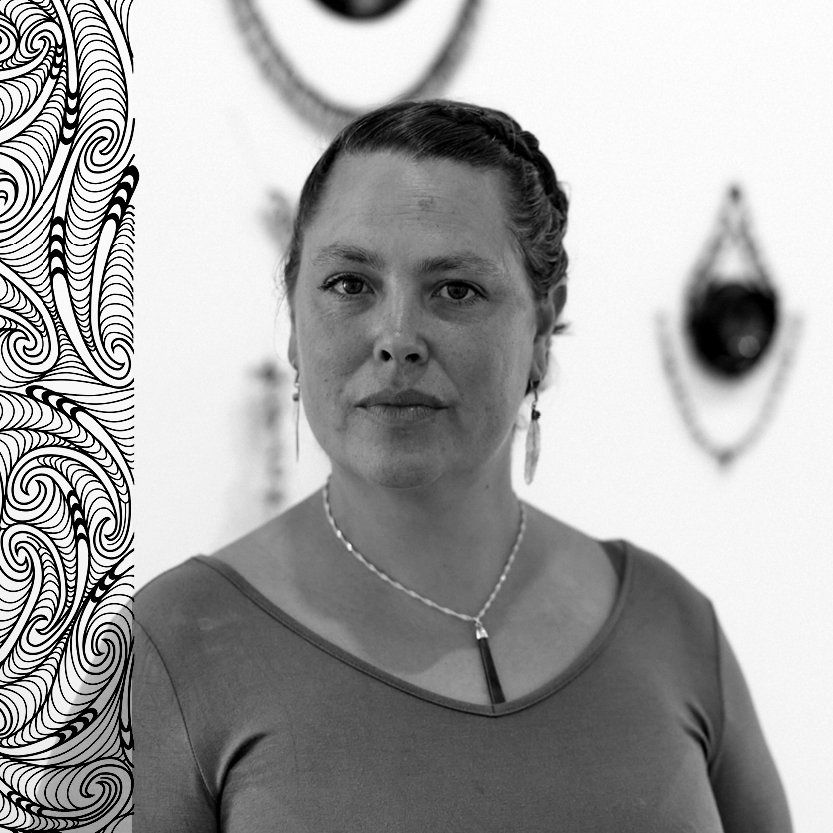
(Ngāti Kuri)
Bethany is a kaiwhatu (weaver), textile artist, and curator. She has an MA from New York University, was Associate Curator Māori at Auckland Museum and has exhibited works at the Auckland Art Gallery, across Aotearoa and internationally. In 2021 Bethany designed and delivered the inaugural Tai o Hī Tai o Hā Wānanga Toi Series, a Toi Ngāpuhi initiative to encourage young aspiring artists to pursue creative pathways and opportunities across Te Tai Tokerau.
Bethany is currently the Chair of Wai Ora Marae, and Creative Director of her and her husband's company Toi Oho Creative Activators who work in far north schools to activate ihi and generate mauri to uplift mental health and wellbeing of tamariki through mahi Toi and hauora.